Bachelor of Design (Graphic and Communication Design)
Degree Level Undergraduate
Year 2025
You're considered an Australian student if you are any of the following:
Degree Level Undergraduate
Year 2025
Entry Scores
2025 Guaranteed Entry
Year 12 (ATAR-based): 65.00
Year 12 (Grades-based): B,B,C
TAFE/RTO: DIP
View Guaranteed Entry Info
2024 Cut-Offs
Year 12 (ATAR-based):
- Internal: 65.00
TAFE/RTO: Adv Dip
View full entry requirements
The admission criteria have been grouped to assist you to easily find the information most relevant to your circumstances. However, you may fit into more than one and the university will consider applicants against each of the relevant criteria.
Certain conditions apply. For more information refer to Appendix 4 of the University's Selection and Entry policy.
Applicants are required to meet one of the following criteria with a competitive result, and demonstrate that they fulfil any prerequisite requirements and essential requirements for admission:
Recent secondary education
Meet any prerequisite requirements with a minimum grade of C- or equivalent
AND
Applicants who have not achieved the Selection Rank required for automatic selection may be selected for any remaining places based on the grades of their year 12 subjects.
OR
Higher education study
OR
Vocational Education and Training (VET)
OR
Work and life experience
1Results in Design Practice and Management - 2018 Excellence in Research for Australia (ERA)
2UNSTOPPABLE® is a Kellogg Company trade mark used under licence. Ranked #43, 2024 THE Young University Rankings.

Graphic and Communication Design (often referred to as Visual Communication) involves creating innovative identities, messages, ideas and images that inform, motivate and educate across a range of sectors, from logo and identity design, to posters, apps and package design. Graphic and Communication Design contributes to contemporary society through visual strategy, problem solving and design research in various areas of communication.
This degree has been the starting point for many of the country’s leading communication and graphic designers, and it will prepare you for a vibrant career in the design industry. Taught by established academics and designers, you will graduate with an industry-relevant qualification.
A focus on practical learning integrated with design thinking means you will gain the skills and knowledge needed to design stimulating, effective visual communications, and the confidence to create across a range of communication platforms and contexts.

With an emphasis on practical studio-based learning, creativity and teamwork, you will graduate with the ability to design effective communications applied to diverse contexts. You will:
The Bachelor of Design (Graphic and Communication Design) is practice-based, involving creative and critical thinking integrated with craft and technical skills. Throughout this degree, you will learn how to respond effectively to communication problems through design as you develop the skills to articulate ideas and approaches to work independently and in a team.
You will also be required to complete design electives as part of your studies. These provide the opportunity for you to further explore areas and pathways of interest and to build an individual and effective portfolio.
You can gain an extra qualification and broaden your career prospects by completing a Diploma in Languages.

If you are interested in graphic design and designing visual communications that make an impact and want to learn from industry professionals in a stimulating, creative environment, this degree will provide you with the skills and knowledge to work and succeed in industry.
Our teaching is informed by our research, industry experience and expectations. Many of our teaching staff are also professional designers, so the curriculum is industry-relevant and highly practical in nature.
On campus, our custom-built workshops, digital printing facilities and design studios allow you to further develop valuable practical skills. You’ll also benefit from our strong industry links, award-winning teaching staff, and academics.
There is also the opportunity to complete further study with a one-year Bachelor of Creative Arts (Honours) degree, a one-year Graduate Diploma or a two-year Master of Design (Communication Design).
Hear from UniSA graduates and Designers/Directors of Enoki, Susanna Bilardo and Judd Crush, about their experiences studying Design at UniSA and how it has helped them reach their career goals.
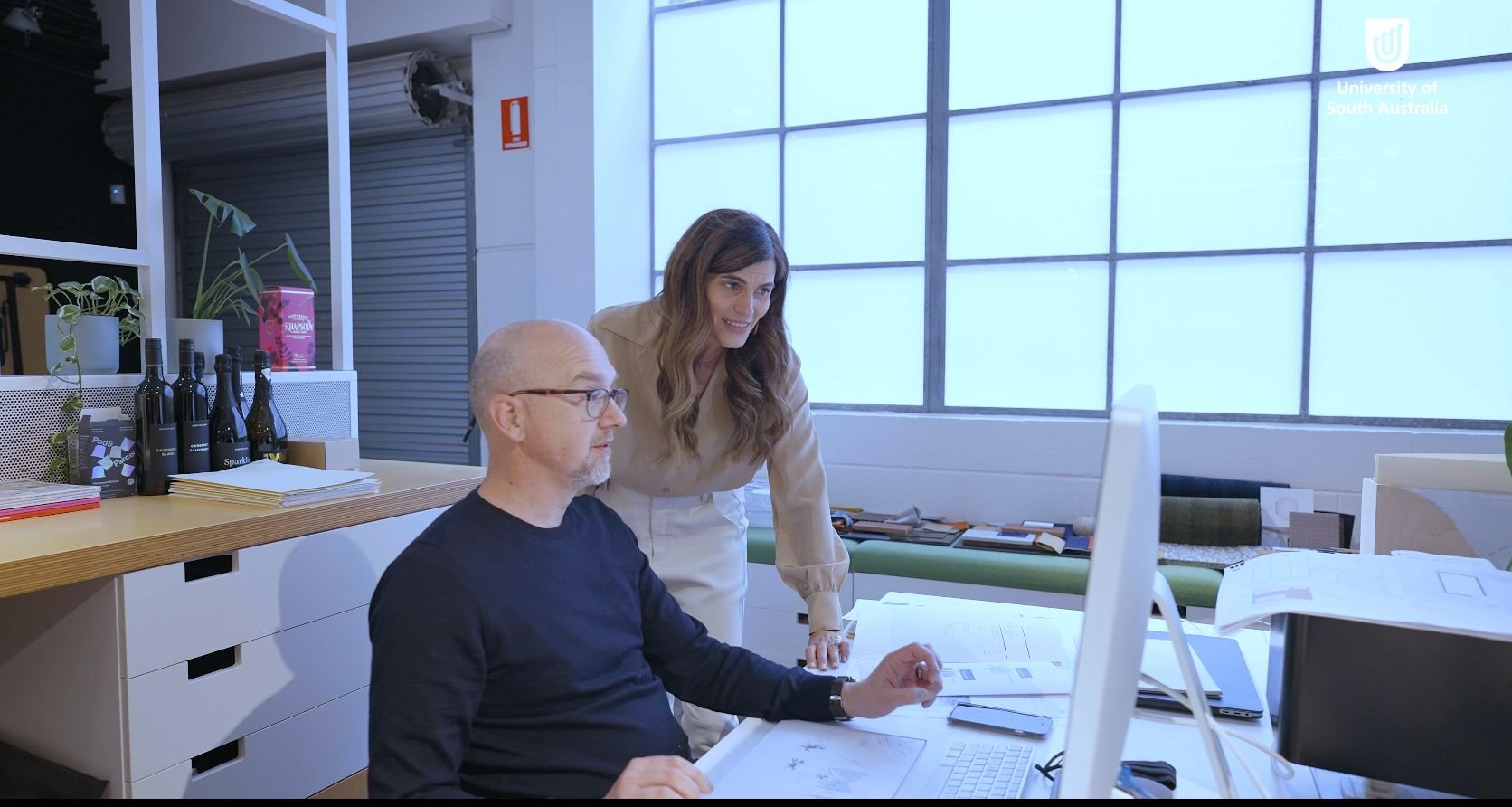
This industry is expecting strong growth1. Designers work within diverse areas of business and community requiring skills and knowledge of graphic software to create still and animated images for use in promotions, branding, advertisements, magazines, packaging, greeting cards and much more.
Graduates enjoy careers in a variety of roles and job opportunities:
There is also strong demand for well-designed and maintain websites, so graduates can secure positions as either in-house designers or freelance designers. There is also design work across the development of 2D graphics and 3D forms for packaging, exhibitions and signage design.
Creativity, curiosity, interpersonal skills, motivation, commitment and, of course, communication skills, are all qualities of a successful Communication Designer.
1Australian Government, National Skills Commission, Job Outlook 2020
Have any questions? We're here to help! Contact Adelaide University's Future Student Enquiries Team.
Applying to study with us:
Australian
There are other pathways you can follow to study this degree, including:
International
There are other pathways you can follow to study this degree, including:
This degree is available for deferment. This option is made available by responding to your offer during the application process via the SATAC website. Applicants who receive an offer into a midyear degree are eligible to defer for six months.
Every year, over 2,500 UniSA students are supported in their studies through scholarships and grants worth millions of dollars. Check out the scholarships below. One of them may be perfect for you. Visit our scholarships page for more.
$5,000 scholarship for South Australian students with an ATAR of 99 who enrol to study a UniSA undergraduate degree.
Up to $10,000 per annum (full time) for South Australian students who obtain an ATAR of 99.95 or IB equivalent and enrol to study at UniSA.
Our campuses are home to fantastic facilities including modern lecture theatres, libraries, workshops and laboratories, as well as spaces that simulate real work environments. But you’ll also discover that your journey at UniSA is about social experiences, healthy living and getting involved. You’ll find student sports and fitness facilities, community clinics, tech zones and chill-out spaces. There are campus sport activities to keep you active, and if you are keen to explore the social side of university life, there are movies, cooking demonstrations, parties and loads more.
Adelaide also has a variety of accommodation options to suit different requirements and budgets. Options include dedicated student accommodation and private rentals. See our long-term accommodation pages, or explore our student accommodation by Scape on Bank Street in Adelaide’s lively cultural precinct, an ideal location for students. It is within easy reach of UniSA’s city and metropolitan campuses, Rundle Mall shopping, the Central Market, Chinatown, and the West End’s vibrant nightlife. It is also across the road from the Adelaide train station, and on bus and tram routes.
As a design student you will have access to:
The Bachelor of Design (Communication Design) is based at UniSA’s City West Campus. This location provides great inspiration both on campus and with the many exciting contemporary venues within close proximity.


The way you apply for UniSA will depend on the undergraduate or postgraduate coursework degree you're interested in studying.
The majority of applications are made via the South Australian Tertiary Admissions Centre (SATAC). Check out more information on the SATAC website and follow the appropriate process for your degree of interest.
There are a small number of degrees that you need to apply for through direct application processes. The process you need to follow will be listed on the 'How to Apply' section of the degree homepage, but you'll also be taken to where you need to go if you hit the 'apply' button.
If you are interested in studying one of our 100% online degrees you'll need to apply directly to UniSA Online.
You can find more information about the application processes for UniSA on our How to Apply webpage.
If you're more interested in applying for a postgraduate degree by research, check out and follow the information in our step by step guide to applying.
Applications for all degrees will close ahead of study commencing, but the timelines may vary for undergraduate and postgraduate degrees.
The deadline to apply to study a degree at UniSA for semester one (commencing late February) and be guaranteed equal consideration is generally in very late November or early December. While you may be able to apply after this date, you are not guaranteed to be considered equally with other applicants and your application may not be assessed in time for the main round of offers. More competitive degrees may not make any offers after the main offer round. Find more information on the Key Dates section of the SATAC website, but you can also call the Future Student Enquiries team for more information on 08 8302 376.
Many postgraduate by coursework degrees do not have set closing dates. The exceptions are highly competitive degrees, so it is best to check – either on the degree homepage on the SATAC website or by checking with our Future Student Enquiries team.
As most postgraduate applications are assessed as they are submitted and offers are continuous, there are no set closing dates for applications. Degrees can be filled and closed with little notice so it is best to apply as soon as possible to avoid missing out on a place. For more information, please contact our Future Student Enquires team on (08) 8302 2376 or submit an enquiry.
You may be eligible for credit or advanced standing for your chosen UniSA degree based on your previous studies, if they are in a related area and completed within a certain timeframe. Receiving credit or RPL will reduce the number of courses you undertake within the degree, and may also reduce the overall duration of your degree. You can read more about our pre-existing credit agreements through our online Credit Assessor. If you have related industry experience, you may also be eligible to receive recognised prior learning (RPL) for this experience. Credit and RPL is assessed by the Program Director once you've received an offer, and you apply through UniSA's current student experts, Campus Central.
Future Student Enquiries welcomes the opportunity to meet with you to discuss your study options at UniSA. We can discuss degree information, entry requirements and pathways, applications, general career outcomes and student life, so you have the information to make the best study decision for your future. Head to our Book an Appointment webpage to find a date and time to speak with us, and take your next steps on journey to university study.
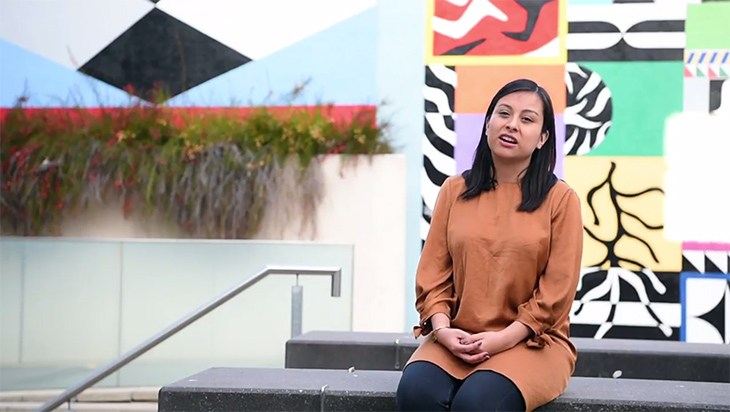
Hear from Claudia as she shares her experiences studying at UniSA and her journey as a Bachelor of Design (Communication) graduate.

.jpg)
Aaron Casiero
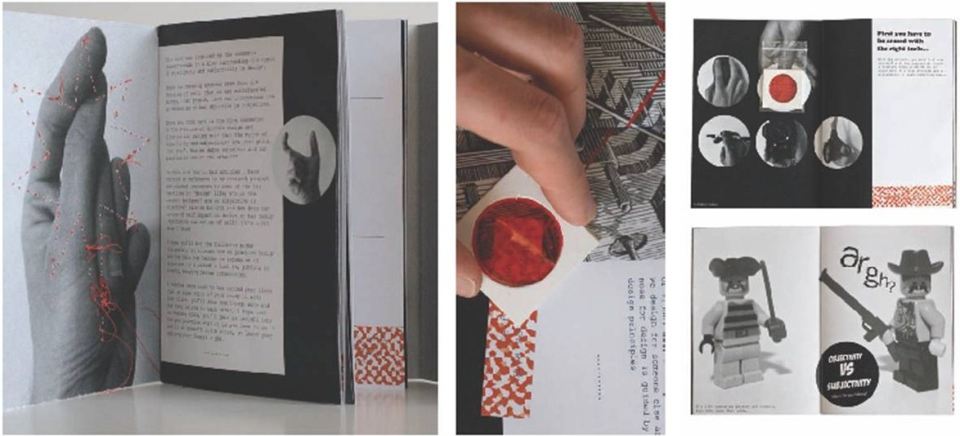
Aaron Harvey
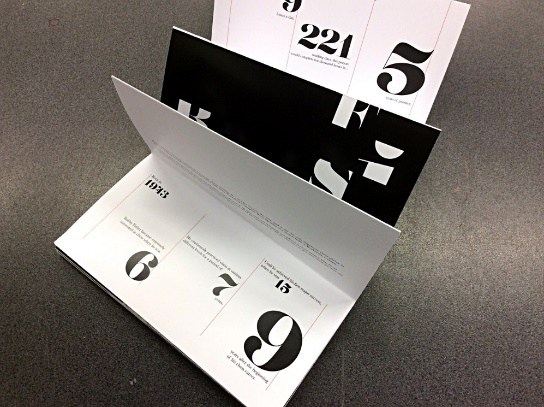
Claudia Fernandez-Villasante
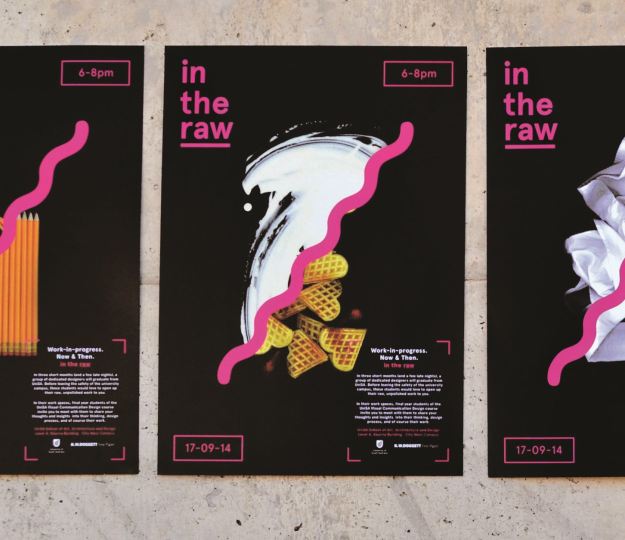
Laura Noto

Lucinda Penn
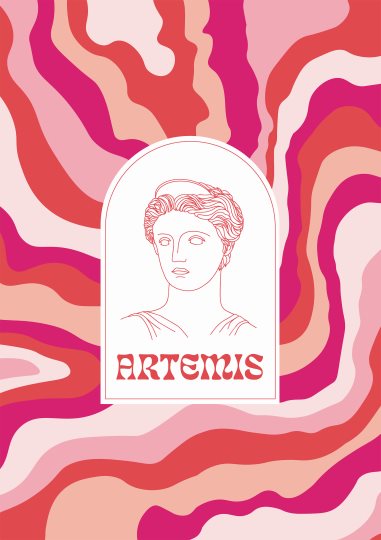
Lucille Robinson